Prosumers, or customers who install solar panels on their roofs, live in homes that produce power which displaces power that the house would otherwise draw from the electric grid. Such homes act as virtual power plants (VPPs).
Most prosumers size their solar panels to generate enough power during the course of the year to offset the energy that the house would otherwise have bought from the grid, effectively yielding a zero-energy outcome for the year as a whole. Under net energy metering, it does not pay to install a larger system since any surplus at year-end is paid the wholesale price.
During certain times of day, usually in the late morning and early afternoon hours, solar panels typically produce more power than is consumed by the house. That power is exported to the grid, and that’s a more sophisticated manifestation of how these homes serve as a virtual power plant.
Prosumagers are consumers who pair their solar panels with a battery. Their homes represent the most sophisticated manifestation of the VPP idea. More and more, prosumers and prosumagers are on a time-of-use (TOU) rate. These rates convey the relative abundance of power from the grid during the off-peak hours and its relative scarcity during the peak hours, thereby helping balance demand and supply.
Prosumagers use the battery to engage in arbitrage against the TOU rate. I.e., they minimize the customer’s bill by charging the battery from the solar panels in the morning hours, when grid power is being sold at off-peak rates, and discharging the battery later in the day to power the house and avoid paying the peak period rate.
For example, if the prosumager is on PG&E’s EV2-A rate, the off-peak period begins at midnight and runs through 3 pm. The peak period begins at 4 pm and runs through 9 pm. All other hours are the mid-peak period. When the sun is charging the battery in the morning, the house is buying power from the grid at the lowest rate. When the battery begins discharging at 4 pm, the house avoids buying power at the most expensive rate. Typically, customers don’t let the battery discharge totally. They keep a certain amount of battery power in reserve, such as 30%, to guard against power outages.
Some solar+battery homes only use the battery for reliability purposes. They do not charge it and discharge it on a daily basis. Thus, 100% of battery power is available to be tapped when the house has a power outage.
Given California’s looming power shortages, a hypothesis has been put forward which would allow homes with solar+storage to be used as a virtual power plants (VPPs) when the grid encounters an emergency. A system-wide emergency would most likely arise during the peak period. Customers who would otherwise be avoiding the peak rate of 56 cents/kWh on the EV2-A rate by powering their home with the battery during such times would instead be paid $2 a kWh for exporting power from the battery to the grid.
This proposition sounds very attractive in theory. But will it pan out in practice? Using data from my house, I put it to a conceptual test on three dates. The first date is June 29 of this year. It was a mild weather day. My system of 25 panels (rated at 8 kW) produced 49.41 kWh’s that day. The house consumed 23.32 kWh’s. The balance was exported to the grid. I have paired my solar panels with an LG Chem battery rated at 9.8 kWh.
As the graph shows, the house was self-sufficient until almost midnight. I could have availed myself of the VPP mode and come out ahead.
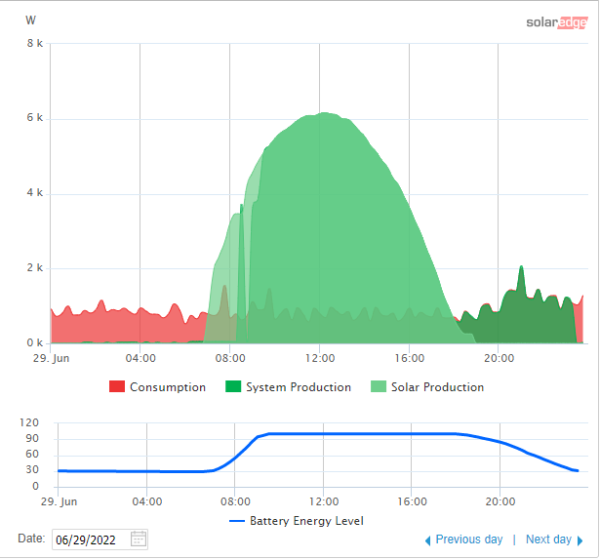
How likely is it that the grid would encounter an emergency on such a day? In my opinion, not very likely.
Let’s now look at August 14-15, 2020 when the grid in California did encounter a serious emergency. Hundreds of thousands of customers lost their power on those dates because the grid came up short. The weather was very hot in much of the state and central air conditioners in most if not all homes were running flat out. The skies were smoky, reducing the amount of solar generation, both central scale and at home. The wind was not blowing, reducing the amount of wind generation at central scale.
The grid came up short of power in the late afternoon and early evening hours. Homes such as mine did not have much of a surplus to send to the grid. I was actually concerned whether I had enough to keep my lights on in case the grid lost power. Why would I have exported power to the grid on either day?
On August 14, my system generated 32.79 kWh and the house consumed 63.12 kWh (even though I had adjusted the thermostat upwards by a couple of degrees). As seen in the graph, around 5 pm, the battery was unable to keep up with the consumption in my house. I started importing power from the grid. This would not have been the time to release whatever battery power I had remaining to the grid, regardless of the price being offered to me.
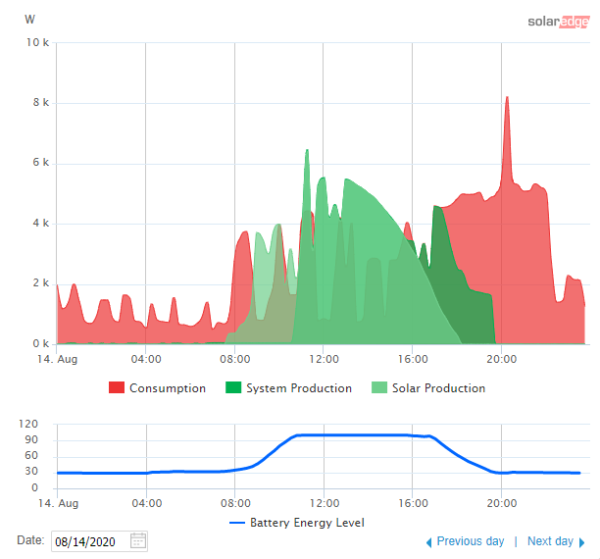
A similar situation was encountered on the next day, August 15, when my system generated 34.76 kWh and the house consumed 60.55 kWh. On neither day would I have wanted to export any power from the battery to the grid. Instead, I wished I could have tapped into the battery in my Tesla Model 3 that was parked in the garage. When fully charged, the car’s battery holds upwards of 70 kWh’s of energy. My wish could not be fulfilled because Tesla does not allow power to be pulled from the battery to power either the house (or to export it to the grid). Additionally, I would need to install a two-way charger rather than the one-way charger I currently have in the garage.
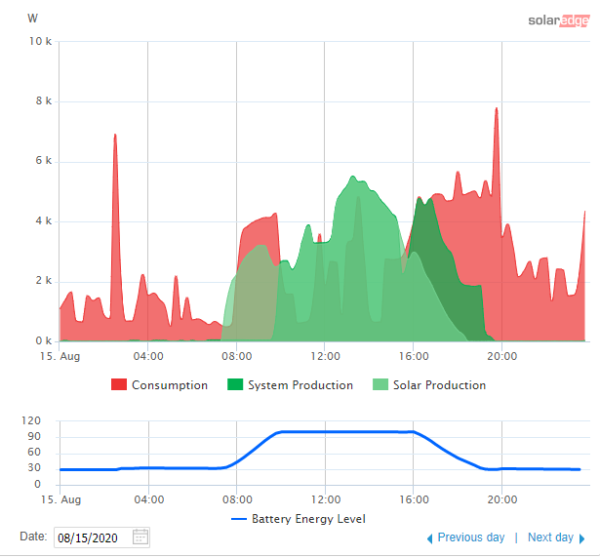
Of course, that’s just the data from my system. Other systems might behave differently. Diversity might exist across customers on mild-weather days. But are those the days when the grid will have an emergency? Probably not.
An emergency is likely to arise on days when everyone’s consumption is really high as it was on August 14-15, 2020. On such days, customers would be hard pressed to meet their own needs, let alone export power to the grid. Diversity would disappear.
What if the customer has multiple batteries paired to their panels? Won’t they may have an exportable surplus on emergency days? Yes, but that essentially means they had overinvested in batteries. How many customers would do that?
What about customers who don’t discharge their batteries on a daily basis? All of their battery power is in reserve. They might consider exporting power to the grid but that would defeat the purpose if they know the grid has an emergency and could come up short. These are the most risk averse customers. Wouldn’t they be gun shy of losing their reserve margin on the very days when an outage is likely?
How about localized outages on the distribution system? Customers in other areas may be willing to export their power on such days. This might be a successful application of the VPP-during-emergency idea.
The views and opinions expressed in this article are the author’s own, and do not necessarily reflect those held by pv magazine.
This content is protected by copyright and may not be reused. If you want to cooperate with us and would like to reuse some of our content, please contact: editors@pv-magazine.com.
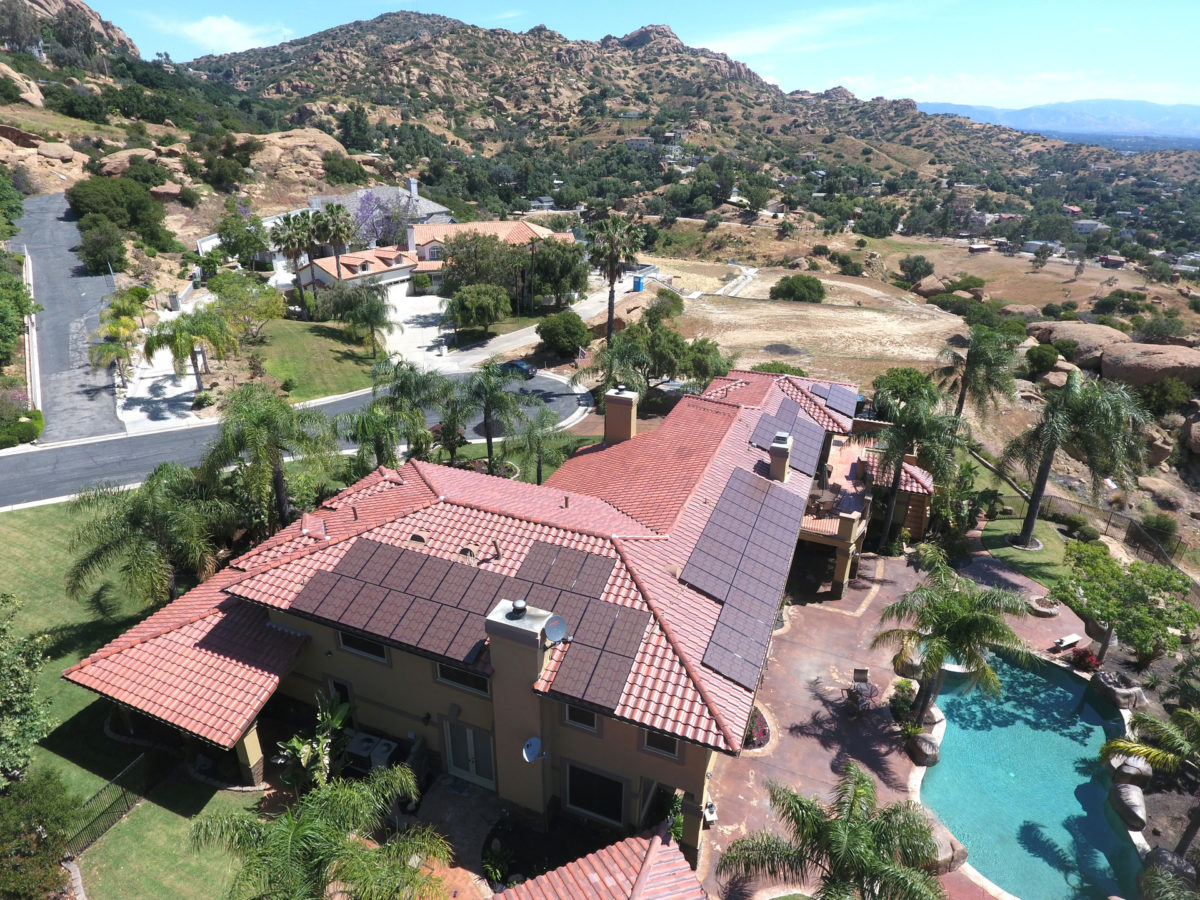
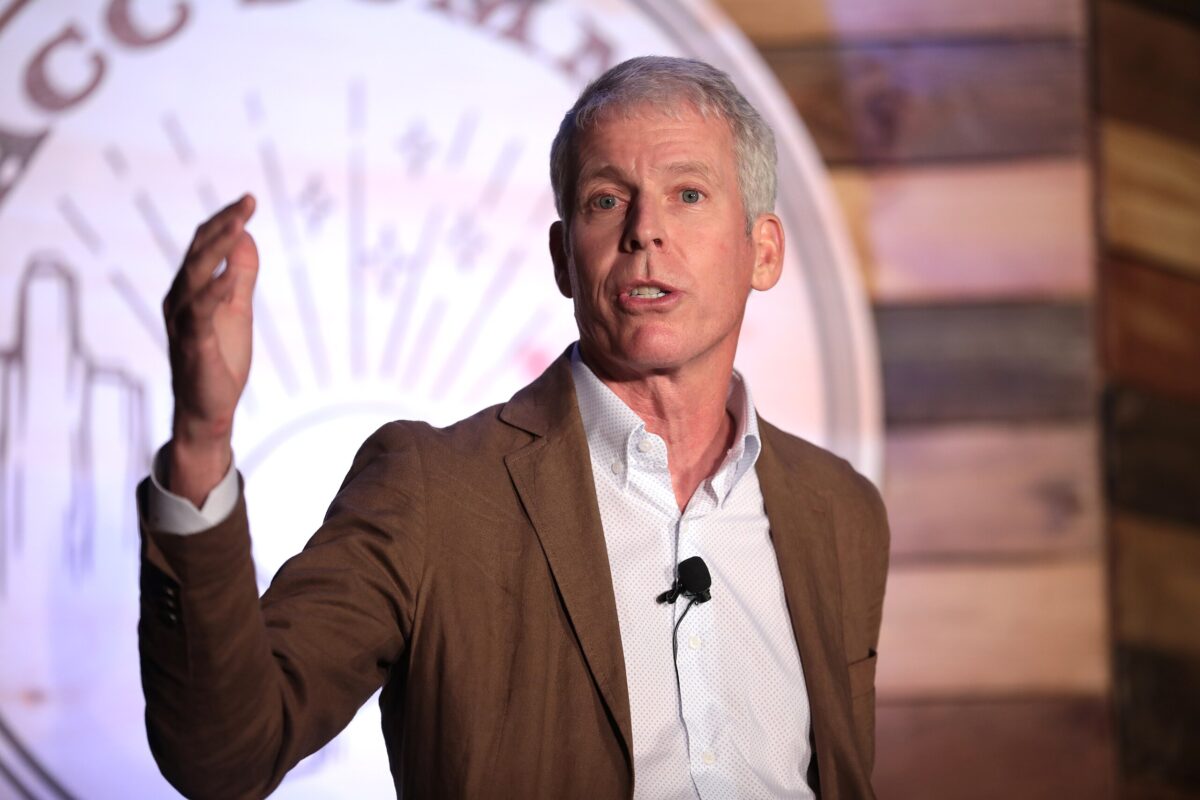



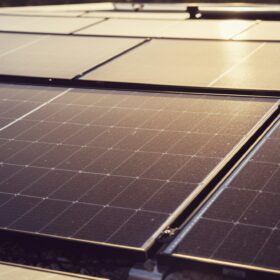
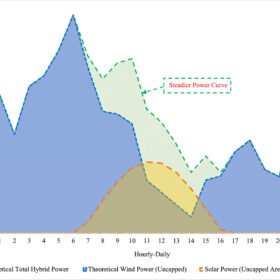
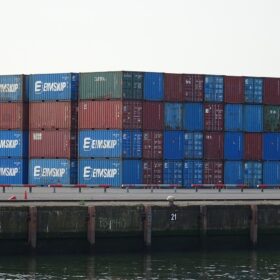
You made some very good points, and my off-grid system suffered the same problems with battery storage and usage on the days you mentioned. I have an 8,000-amp hour lead acid battery system that can hold 64 kilo watt hours of usable power. My solar charges the batteries and I tap onto the batteries with multiple pure sine wave inverters to power the home with remote controlled transfer switching to bring back power, from the grid, when the batteries become low. The usual time of day, I use the most power, when air conditioning is running and preparing the evening meals with an all-electric kitchen is also when the grid has the most problems keeping up with the rest of the State’s same kind of usage. Since on-grid rooftop solar systems use the grid as a virtual battery, the best option is for utilities to install localized battery banks in neighborhoods that could take the excess solar from all the rooftop solar customers in the late morning and early afternoon hours and store it for use during peak hours rather than a bunch of small independent batteries that will not be available anyway because of the usage the home has at peak times. Since all users, on the grid, would be able to take advantage of the “battery buffer” to stop black outs or brown outs, they should all pay for it rather than just the homeowners that have installed solar on their roofs as proposed by the CPUC in NEM-3.0. Allowing homeowners to install up to 200% of their annual usage in solar panels and paying them 10 cents per kilo watt hour for the unused power at true-up could also give the State more power at peak times from the extra solar generation but also from the extra power being used to charge the utility supplied batteries. 10 cents per kilo watt hour is the break-even point on rooftop solar installations and maintenance without batteries. A rooftop solar system with batteries breakeven point is 19 cents per kilo watt hour. Both break-even points are based on initial cost of systems spread out over 25 years using lead acid batteries. Lithium-ion Batteries plus solar panels work out to 24 cents per kilo watt hour over 25 years.